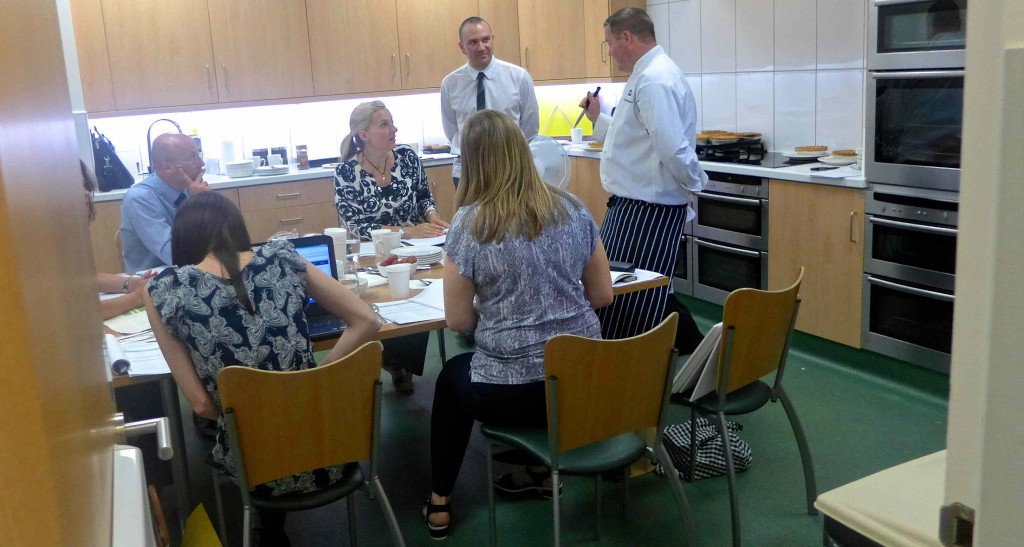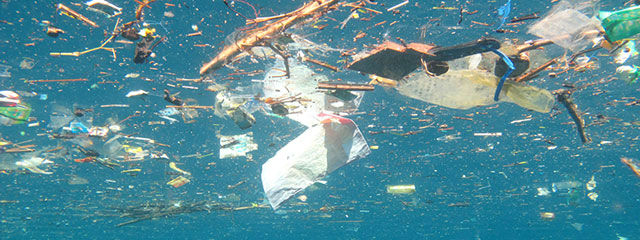Just watched the BBC Arena showing of Martin Scorsese’s documentary on the 50 year history of the New York Review of Books. Utterly engaging–and reminded me of how much I have enjoyed long-form writing in American magazines over the decades.
Probably the first was Ramparts, long since gone, then Rolling Stone. The latter still does great stories, including the latest one on the “climate of denial” by Al Gore.
Later came the likes of Atlantic Monthly and Wired, whose 50-page, no ads profile of Bill Gates during the US Department of Justice inquiry into Microsoft was one of the most extraordinary articles I ever read on business.
With social media diverting audiences and shortening attention spans, I can only hope that the New York Review of Books goes on after the founding group pass on–and that future generations of editors like Robert Silver emerge to carry forward the good fight.








